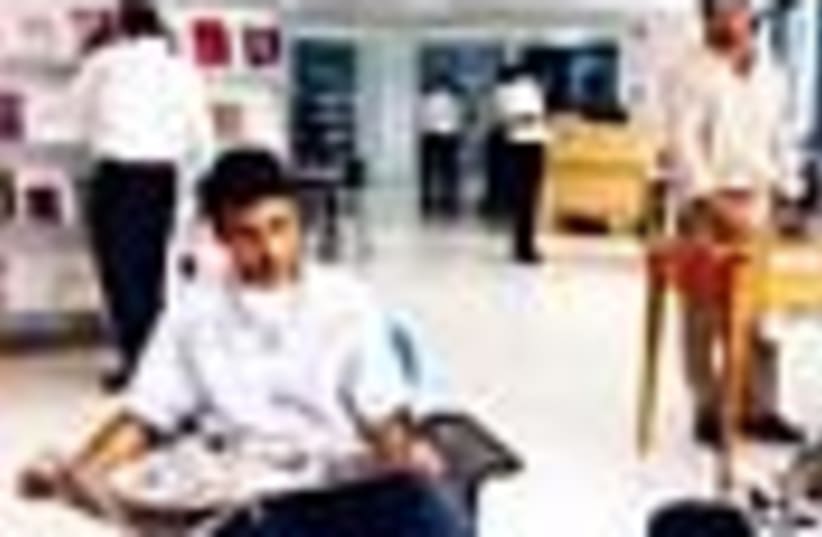| More about: | Yitzhak Rabin, Beit Hanina, Abu Ghosh, Wadi al-Joz |
Courting education
Parents of east J'lem have petitioned the High Court of Justice to force the municipality to provide classrooms for their children.


| More about: | Yitzhak Rabin, Beit Hanina, Abu Ghosh, Wadi al-Joz |